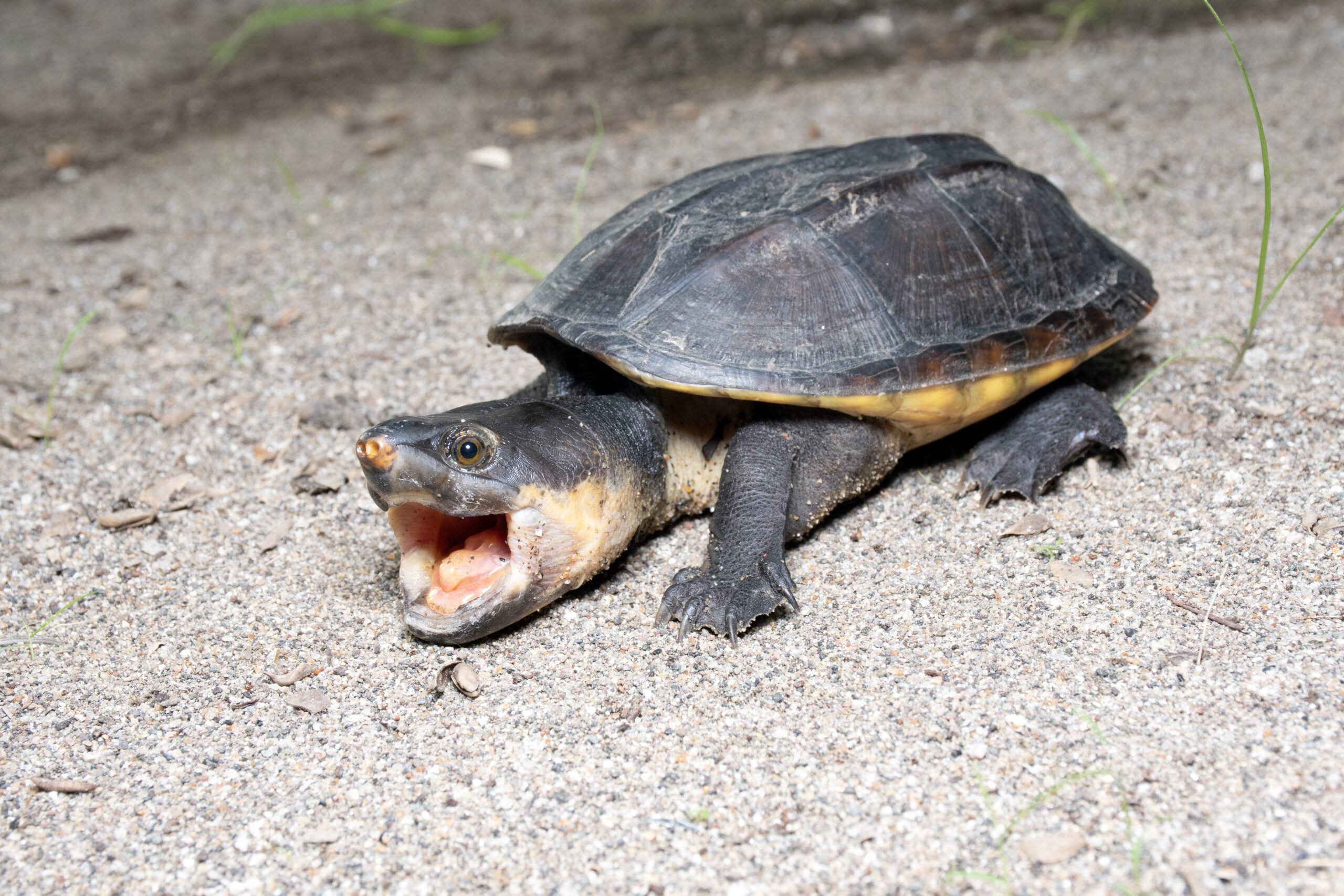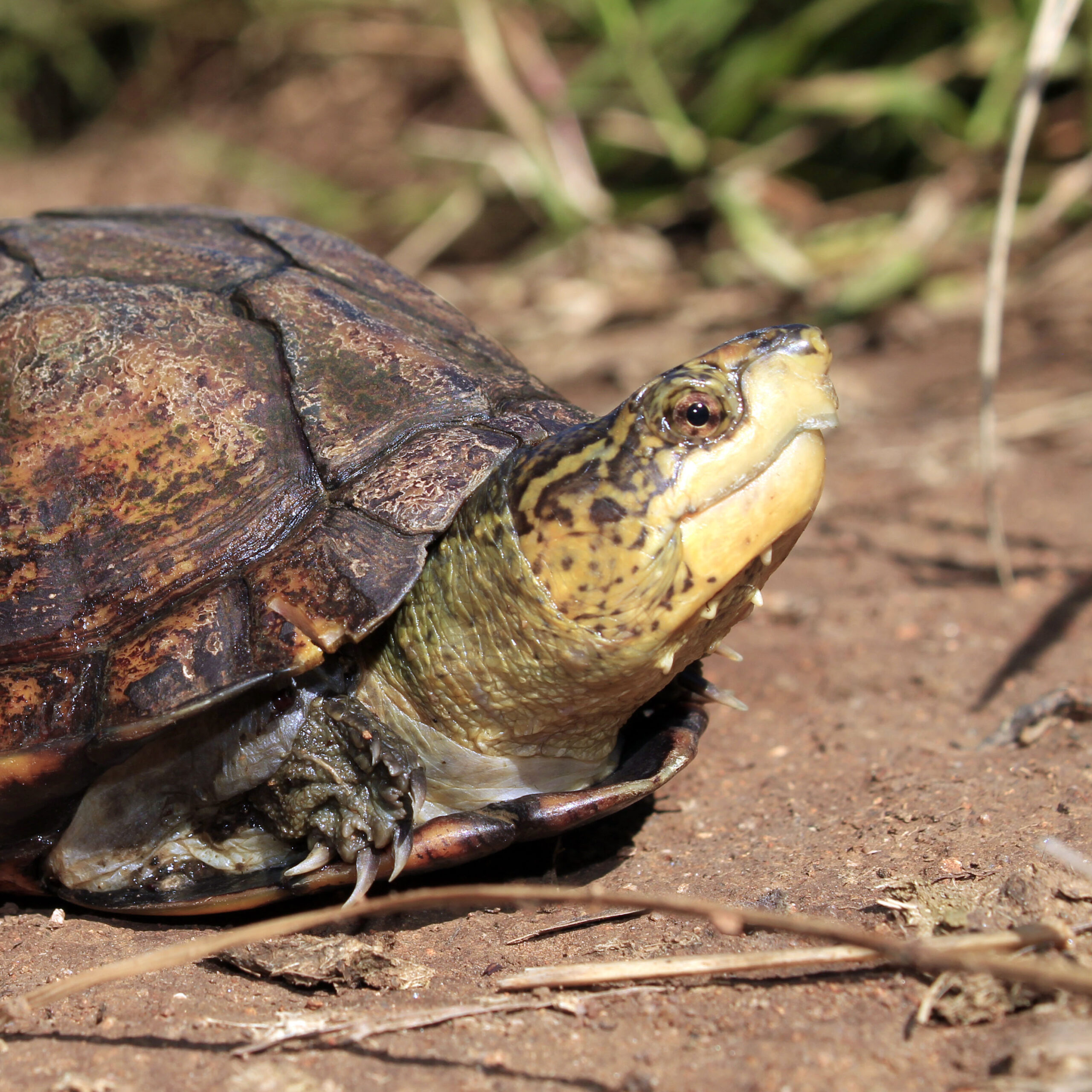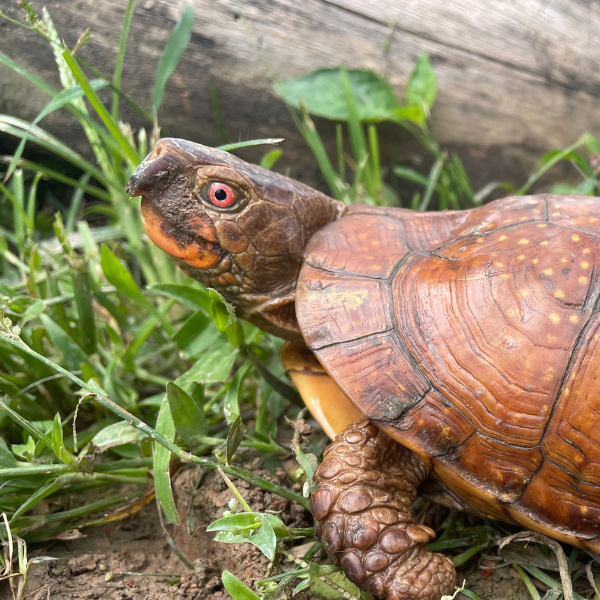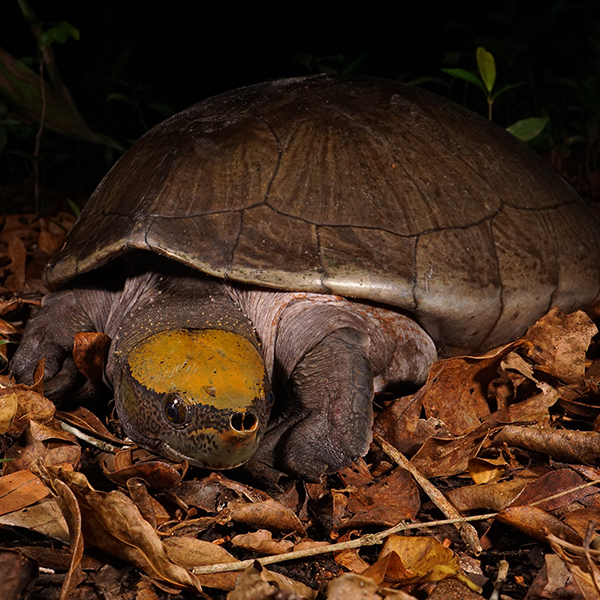






Program
Mexico
Supporting Students Conserving Nature (Estudiantes Conservando La Naturaleza)
The Turtle Survival Alliance-supported Students Conserving Nature (Estudiantes Conservando La Naturaleza) is led by Taggert Butterfield and Alejandra Monsiváis and serves to study the ecology of threatened and poorly known species of tortoise and freshwater and terrestrial turtle inhabiting ecoregions of the Pacific Coast and Yucatán Peninsula of Mexico. Students Conserving Nature also serves to provide scientific academic opportunities to underserved students in remote impoverished villages and communities. Through field surveys conducted by scientific professionals and trained citizen-scientists, Students Conserving Nature’s objective is to contribute to the scientific knowledge of at-risk and understudied species, guide population and habitat conservation and management actions, and help students develop useful scientific skill sets for their academic and professional futures.
Most of the species within natural protected areas in Mexico are unstudied and their conservation status is unknown. For freshwater and terrestrial turtles this is concerning because half of all species in the world are threatened and Mexico hosts the second highest diversity of turtles in the world. To
address this need for information on Mexican turtle species, the team of Students Conserving Nature permanently monitors the populations of 11 species. The primary data collection techniques we use are visual encounter surveys, trapping, and radio telemetry. Sustained monitoring efforts are important because turtles are long-lived organisms and provide a valuable ecological role in the environments in which they live.
Defining life history traits such as survivorship, population estimates, density, biomass, and sex ratios in wild populations over long periods of time are critical to formulating and implementing turtle conservation and management plans, as well as detecting population declines or other trends. Through long-term population monitoring and robust data sets, the Alliance and its partners can expand the project scope into under-studied aspects of these species’ life histories, as well as provide informed, science-based recommendations to wildlife resource managers and other landscape stakeholders.
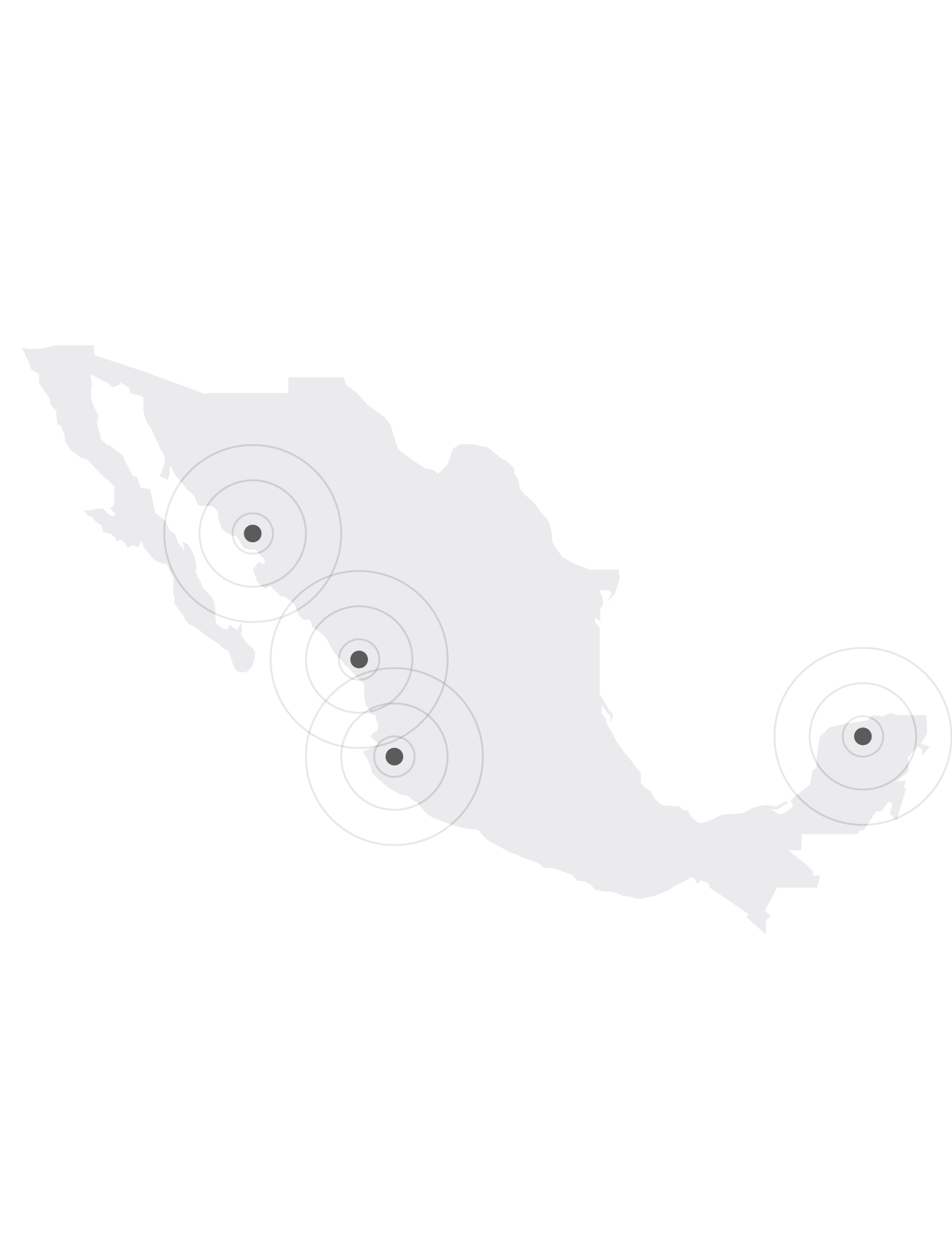
To address the need for information on Mexican turtle species, and the need to stimulate alternative forms of living in local communities within natural protected areas we work to find new solutions that help locals acquire alternative forms of living and foster an environment of scientific and academic advancement. Students Conserving Nature provides scholarship opportunities for underserved students living in rural areas. They carry out this opportunity by hiring and training a local leader to collect data on turtles, then select students annually on a competitive basis to receive a monthly scholarship.
As part of their scholarship, the students assist the local leader in monitoring turtles of that region over the course of a year. Students collect much of the data, keep daily field journals, upload data, and, at the end of the project, prepares and delivers a presentation to the community on the work they carried out. The goal of this citizen-science opportunity is that the students will acquire skills that will allow them to achieve an alternative form of living in the future. These skills include critical thinking, responsibility, public speaking, and technical skills.
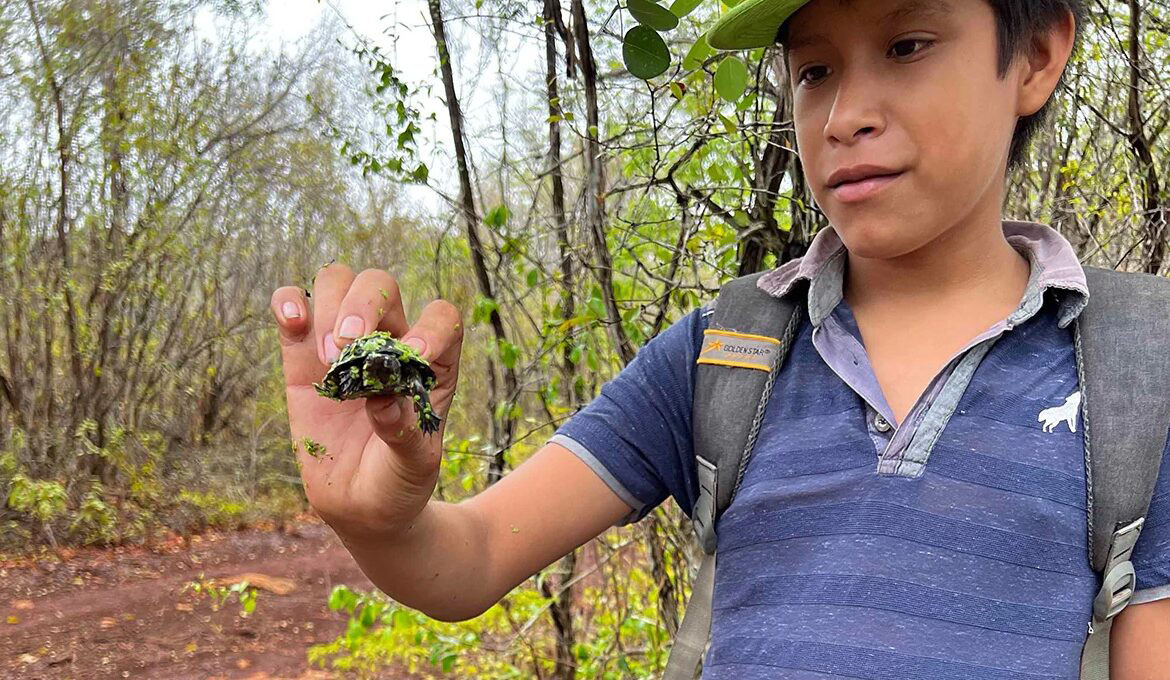
Key Species
Key Species
Want to Help?
Support
Mexico
Lead Partners and Supporters
Students Conserving Nature (Estudiantes Conservando La Naturaleza)
